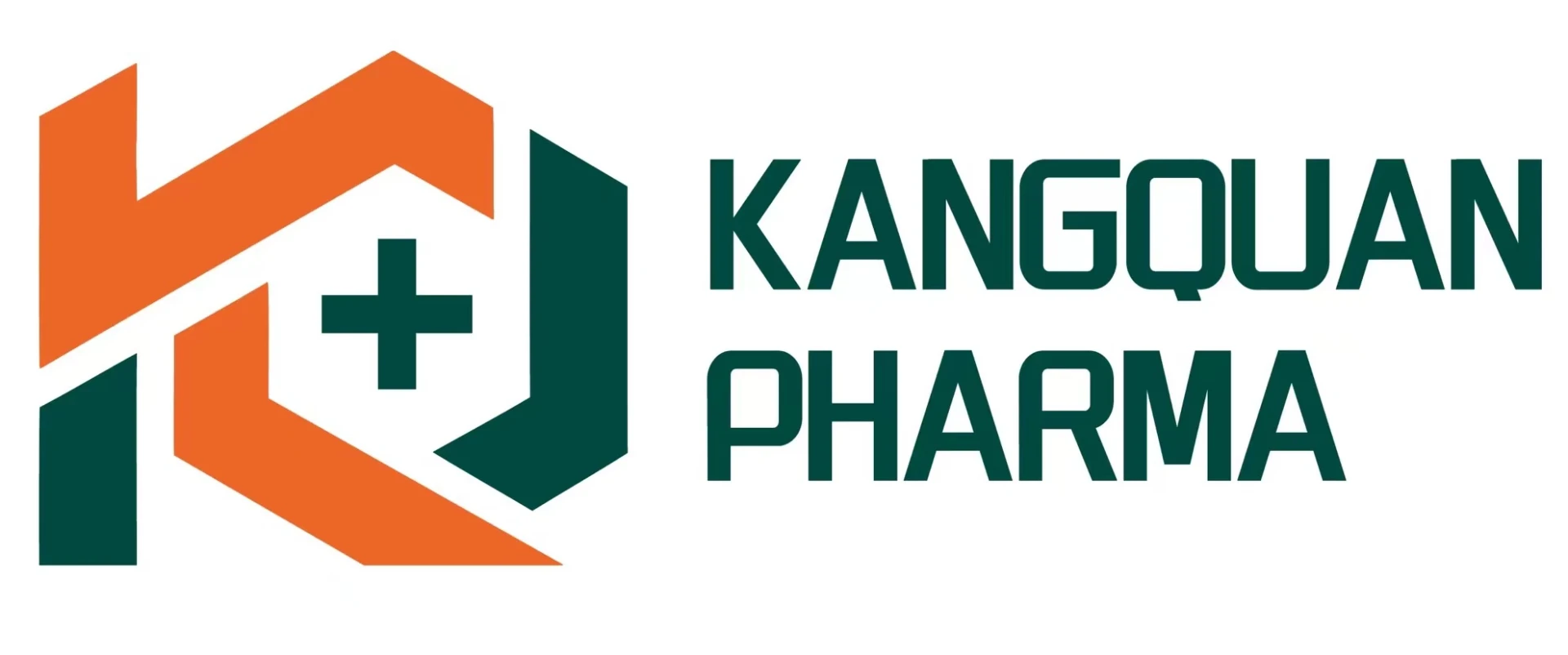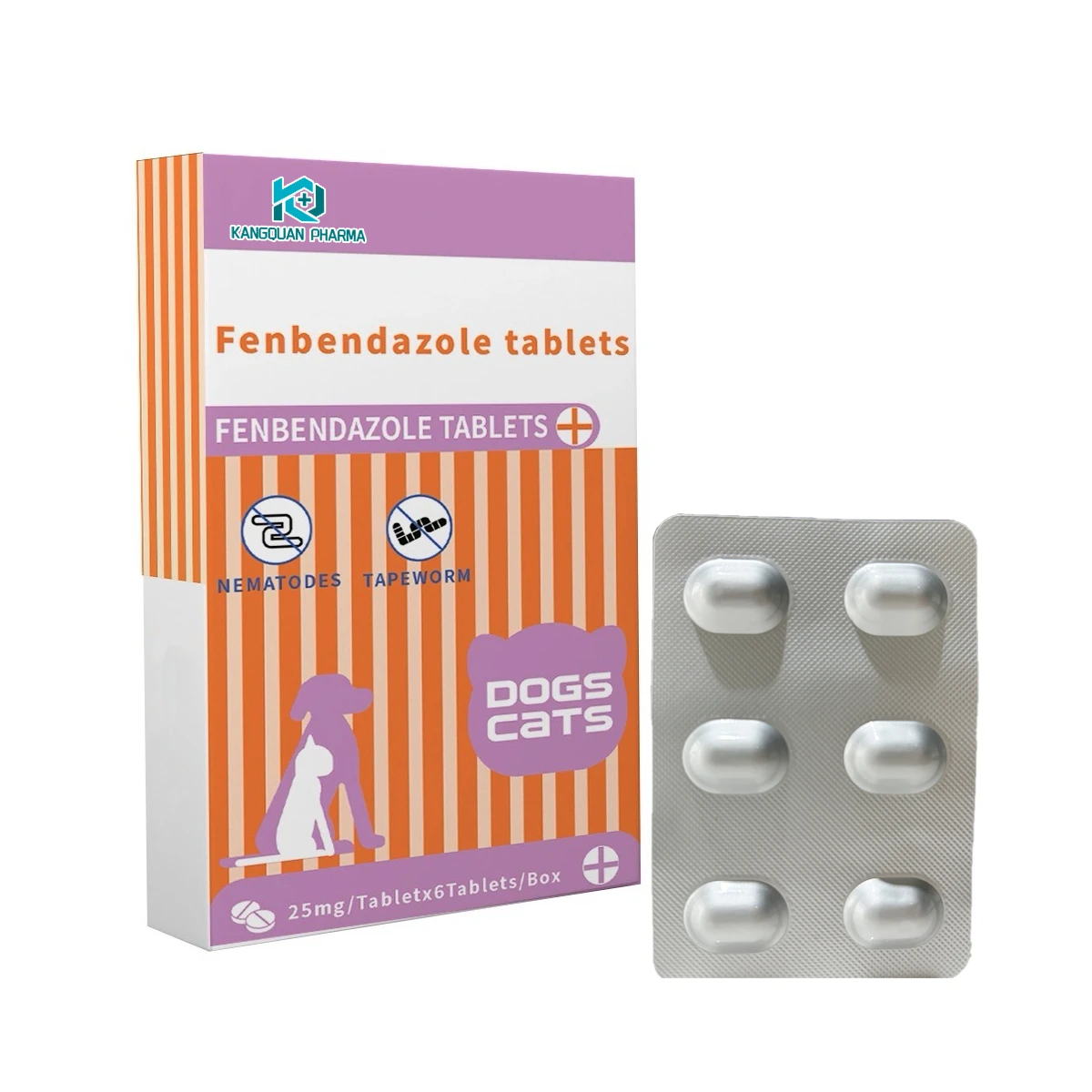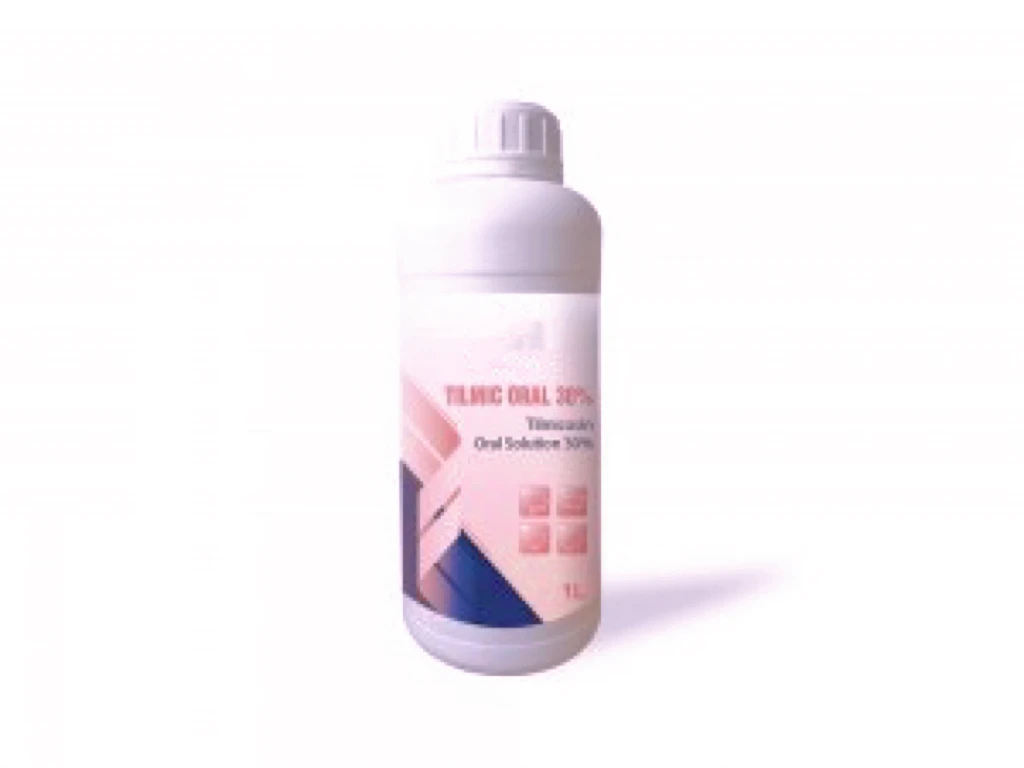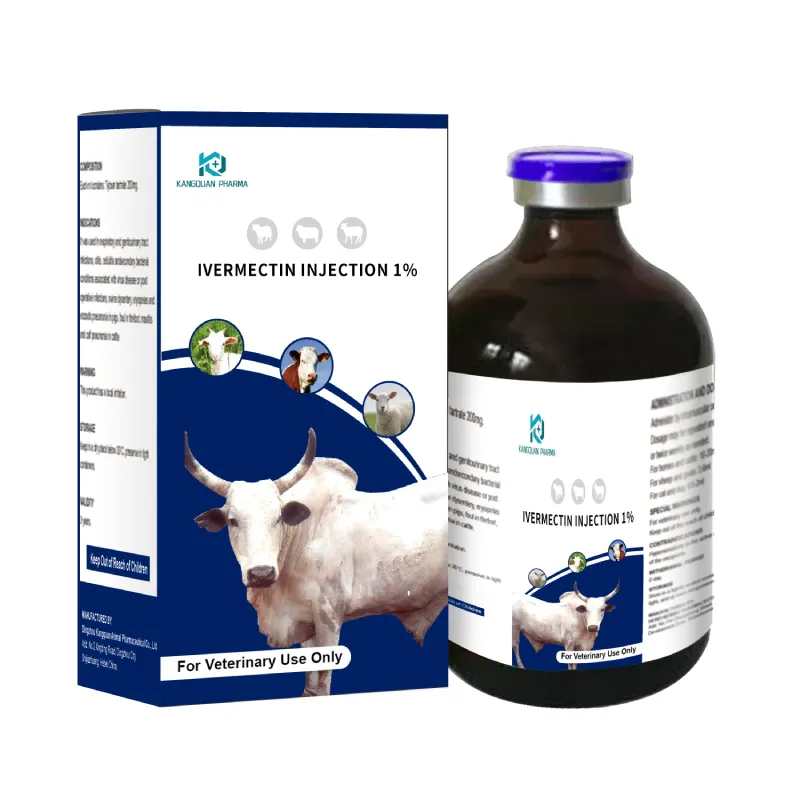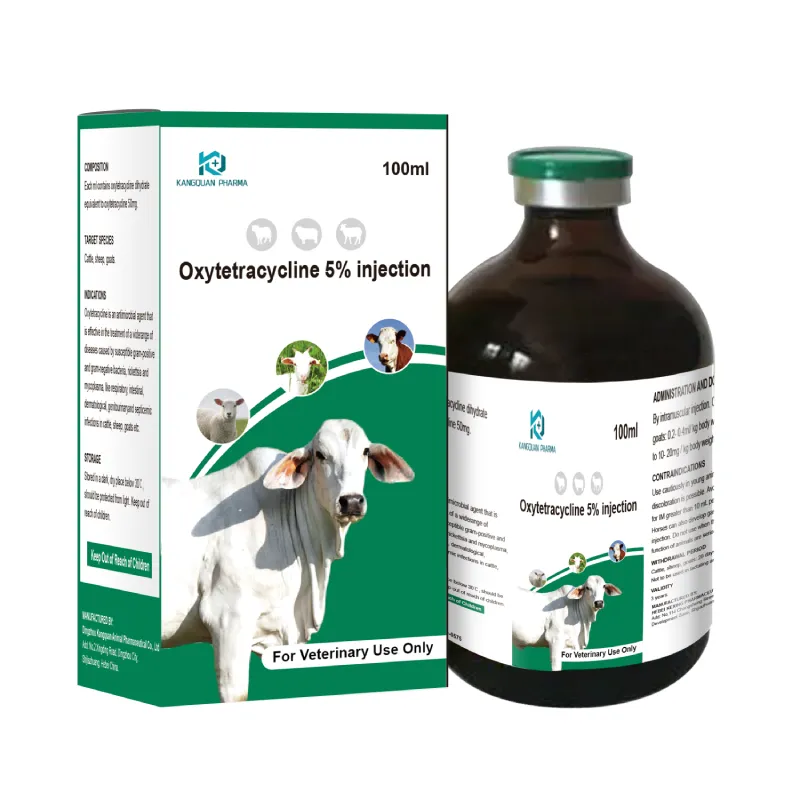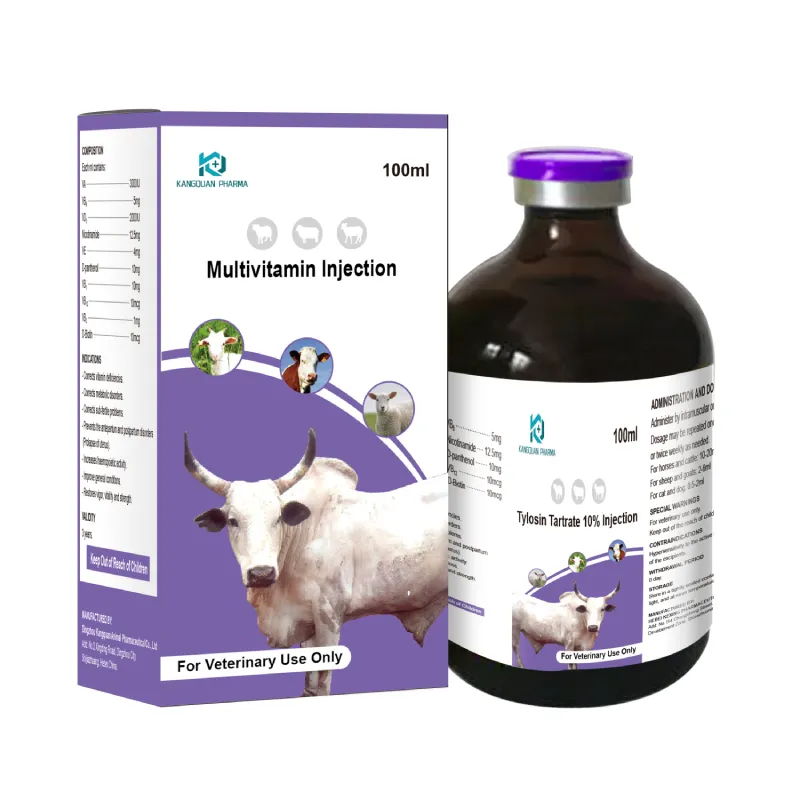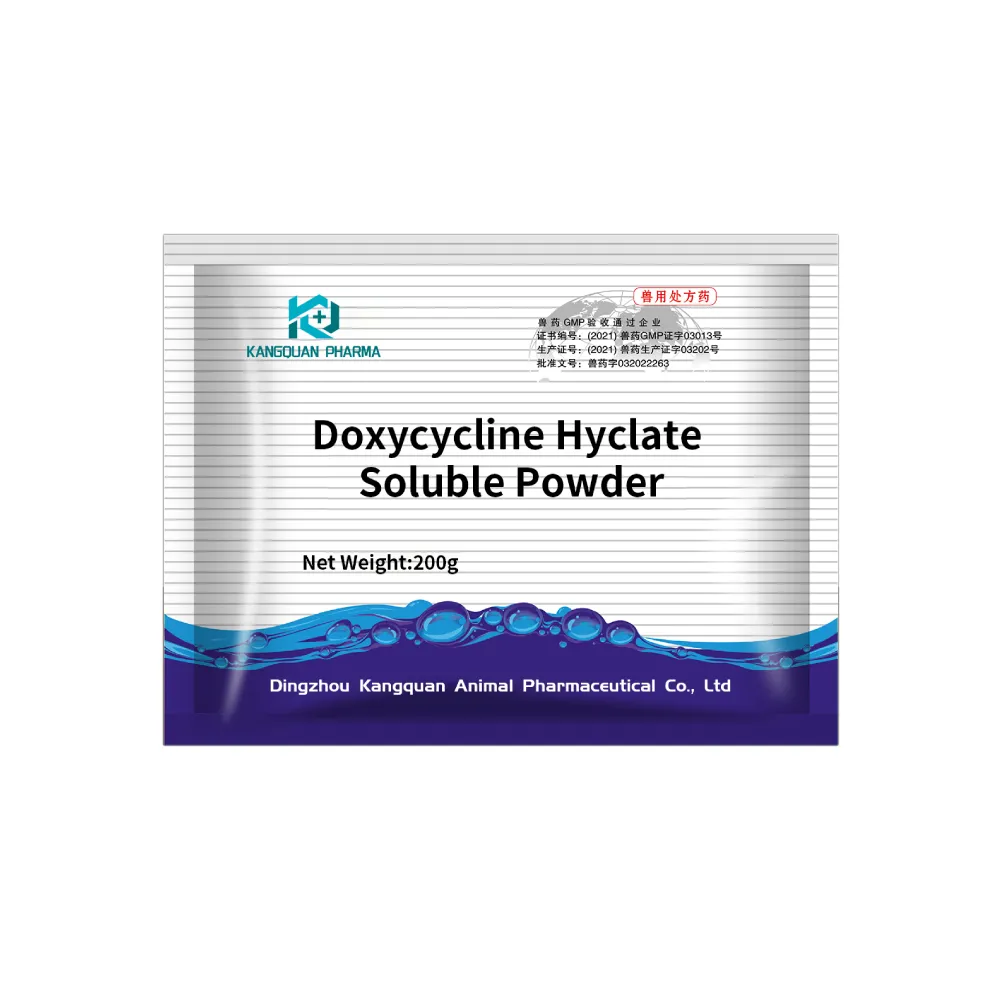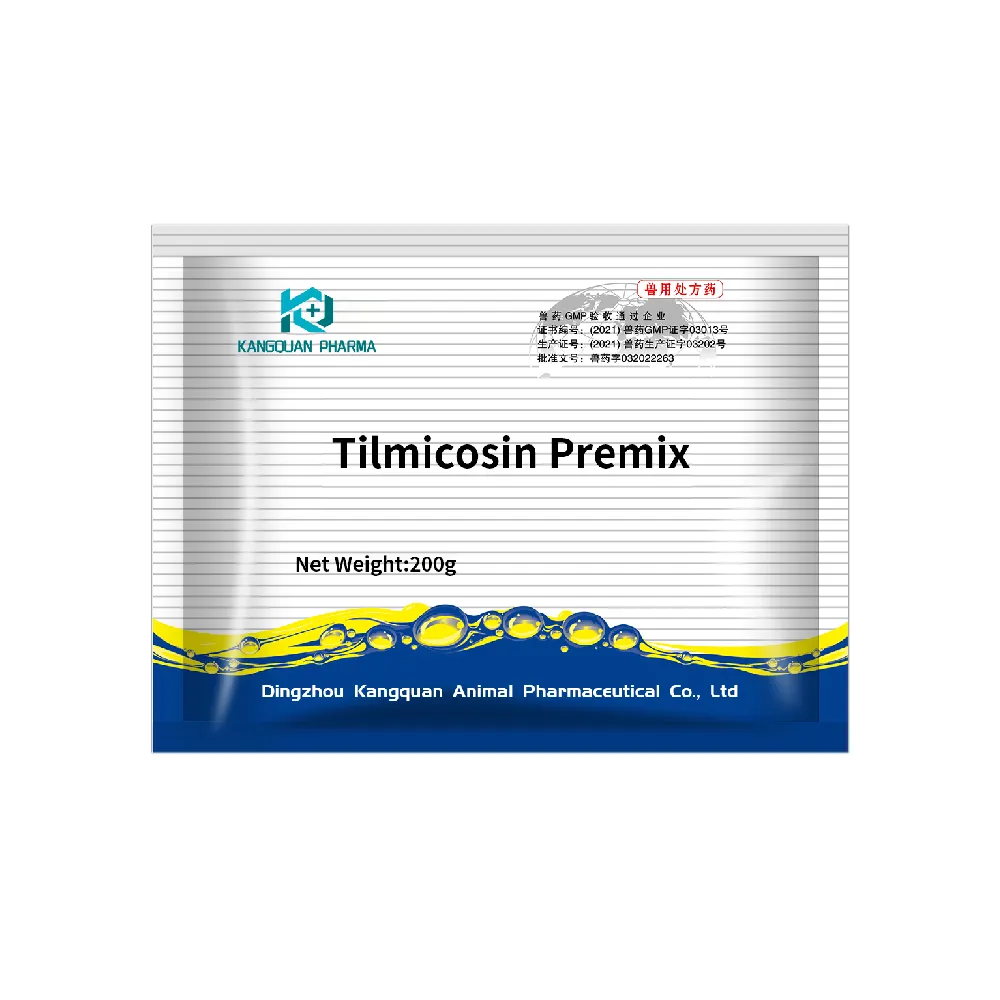- Afrikaans
- Albanian
- Amharic
- Arabic
- Armenian
- Azerbaijani
- Basque
- Belarusian
- Bengali
- Bosnian
- Bulgarian
- Catalan
- Cebuano
- Corsican
- Croatian
- Czech
- Danish
- Dutch
- English
- Esperanto
- Estonian
- Finnish
- French
- Frisian
- Galician
- Georgian
- German
- Greek
- Gujarati
- Haitian Creole
- hausa
- hawaiian
- Hebrew
- Hindi
- Miao
- Hungarian
- Icelandic
- igbo
- Indonesian
- irish
- Italian
- Japanese
- Javanese
- Kannada
- kazakh
- Khmer
- Rwandese
- Korean
- Kurdish
- Kyrgyz
- Lao
- Latin
- Latvian
- Lithuanian
- Luxembourgish
- Macedonian
- Malgashi
- Malay
- Malayalam
- Maltese
- Maori
- Marathi
- Mongolian
- Myanmar
- Nepali
- Norwegian
- Norwegian
- Occitan
- Pashto
- Persian
- Polish
- Portuguese
- Punjabi
- Romanian
- Russian
- Samoan
- Scottish Gaelic
- Serbian
- Sesotho
- Shona
- Sindhi
- Sinhala
- Slovak
- Slovenian
- Somali
- Spanish
- Sundanese
- Swahili
- Swedish
- Tagalog
- Tajik
- Tamil
- Tatar
- Telugu
- Thai
- Turkish
- Turkmen
- Ukrainian
- Urdu
- Uighur
- Uzbek
- Vietnamese
- Welsh
- Bantu
- Yiddish
- Yoruba
- Zulu
Nov . 16, 2024 19:57 Back to list
types of disinfectants used in veterinary practice
Types of Disinfectants Used in Veterinary Practice
Disinfectants play a critical role in veterinary practice, as they ensure a safe and hygienic environment for both animals and humans. The use of appropriate disinfectants is essential in preventing the spread of infectious diseases among animals, protecting public health, and maintaining the integrity of veterinary facilities. This article explores the various types of disinfectants commonly used in veterinary settings, their mechanisms of action, and considerations for their effective use.
1. Chlorine Compounds
Chlorine compounds are among the most widely used disinfectants in veterinary practices. Products containing sodium hypochlorite (bleach) are known for their broad-spectrum efficacy against bacteria, viruses, and fungi. Chlorine works by denaturing proteins and disrupting cellular structures, making it highly effective in eliminating pathogens. However, its effectiveness can be influenced by factors such as organic matter presence and pH levels.
In veterinary clinics, chlorine-based disinfectants are often used on surfaces, equipment, and floors. While they are effective, it's important to note that chlorine compounds can be corrosive and may require rinsing after application to prevent damage to surfaces and equipment.
2. Quaternary Ammonium Compounds (Quats)
Quaternary ammonium compounds, or quats, are another category of disinfectants commonly used in veterinary settings. Examples include benzalkonium chloride and cetylpyridinium chloride. Quats are favored for their effectiveness against a variety of pathogens, including bacteria and viruses, and are less corrosive compared to chlorine compounds.
These disinfectants work by disrupting cell membranes, leading to cell lysis. They are often used for disinfecting equipment, instruments, and non-porous surfaces. Although quats have a residual effect, meaning they can continue to inhibit microbial growth for a time after application, their efficacy can be reduced in the presence of organic matter.
3. Phenolic Compounds
Phenolic disinfectants, such as phenol and cresol, have a long history of use in veterinary practice. They are effective against bacteria, certain viruses, and fungi. Phenols work by disrupting cell walls and denaturing proteins. These compounds are particularly valuable in controlling tough pathogens like Mycobacterium species.
types of disinfectants used in veterinary practice
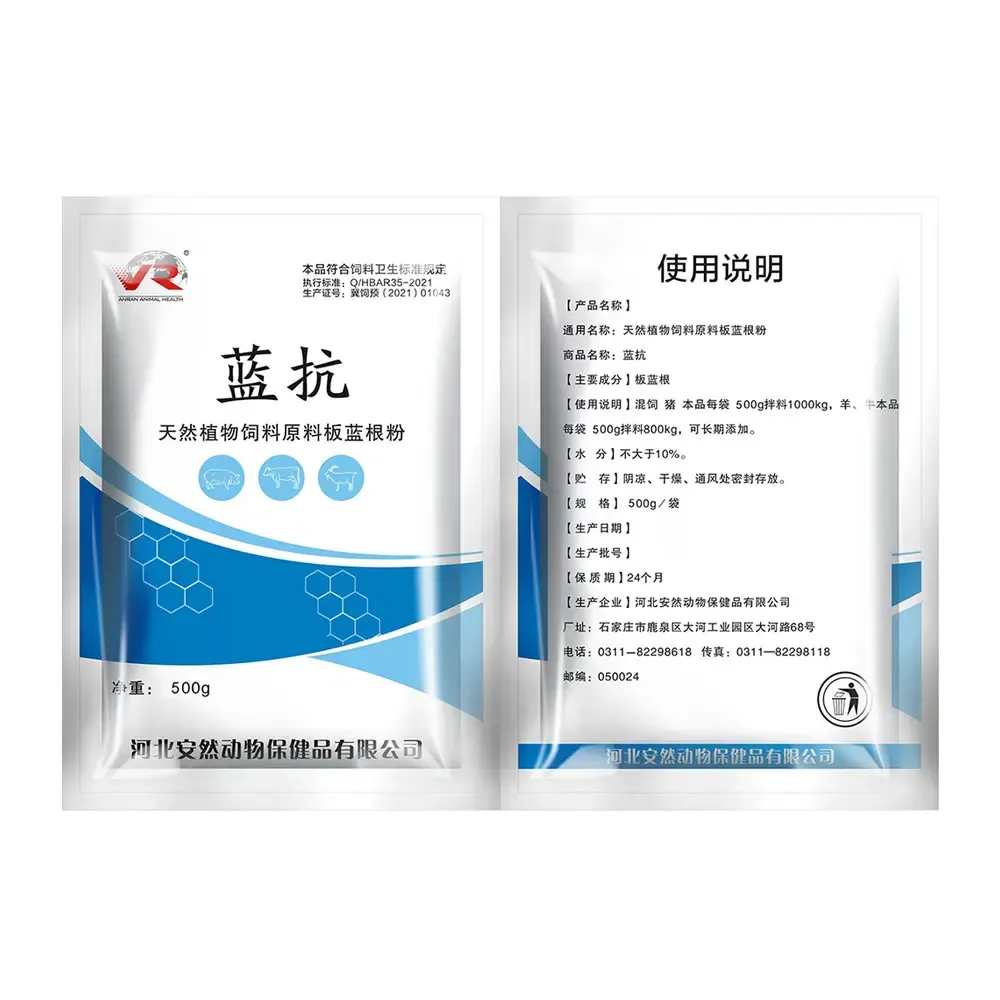
Due to their effectiveness, phenolic compounds are often used in areas where more resistant pathogens may be present, such as in rodent control and in facilities with high biosecurity needs. However, care must be taken when using phenolics, as they can be toxic to animals and humans if not handled properly.
4. Alcohols
Alcohols, particularly isopropyl alcohol and ethanol, are utilized as disinfectants in veterinary medicine primarily for hand sanitization and surface disinfection. They are effective against bacteria and many viruses. Alcohols work by denaturing proteins and dissolving lipids, effectively disrupting microbial cells.
While alcohol-based disinfectants have rapid action and are easy to use, they may not be as effective in the presence of organic material, and their effectiveness is limited against certain types of bacteria and spores. Therefore, pre-cleaning is often necessary before applying alcohol for disinfection.
5. Hydrogen Peroxide
Hydrogen peroxide is an oxygen-based disinfectant that serves as a potent antimicrobial agent. It works by producing free radicals that damage cellular components, leading to pathogen destruction. Hydrogen peroxide is considered environmentally friendly and decomposes into water and oxygen.
In veterinary practice, it can be used for surface disinfection, in treatment rooms, and as a space disinfectant in combination with other strategies. Its effectiveness can be enhanced with increased concentrations, but it can also be corrosive to some surfaces if not properly diluted.
Conclusion
The selection of disinfectants in veterinary practice is crucial for disease control and maintaining a safe environment for animals and staff. Understanding the different types of disinfectants, their mechanisms of action, and their appropriate applications can significantly enhance hygiene and biosecurity in veterinary settings. Additionally, proper training and adherence to safety guidelines are essential to maximize the efficacy of these disinfectants while minimizing risks. Regular evaluation of disinfectant protocols will ensure that veterinary practices remain effective in combating infections and protecting animal health.
-
Guide to Oxytetracycline Injection
NewsMar.27,2025
-
Guide to Colistin Sulphate
NewsMar.27,2025
-
Gentamicin Sulfate: Uses, Price, And Key Information
NewsMar.27,2025
-
Enrofloxacin Injection: Uses, Price, And Supplier Information
NewsMar.27,2025
-
Dexamethasone Sodium Phosphate Injection: Uses, Price, And Key Information
NewsMar.27,2025
-
Albendazole Tablet: Uses, Dosage, Cost, And Key Information
NewsMar.27,2025
